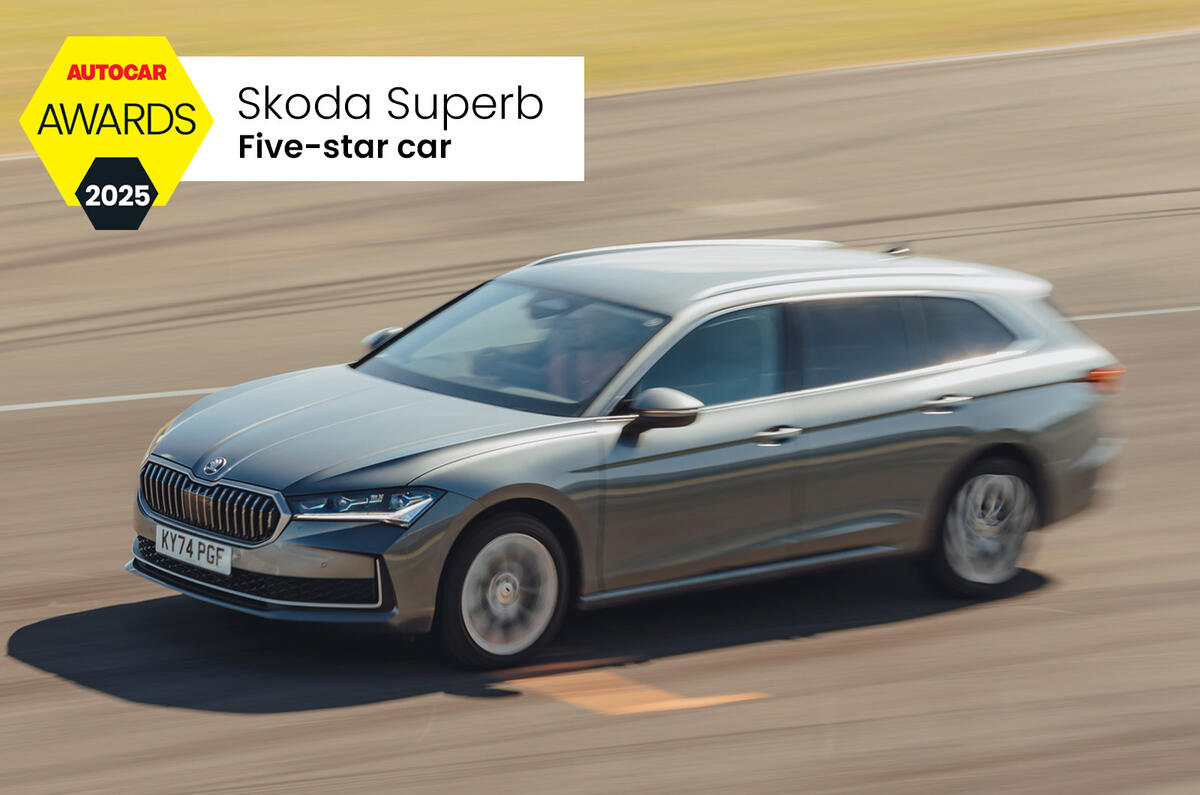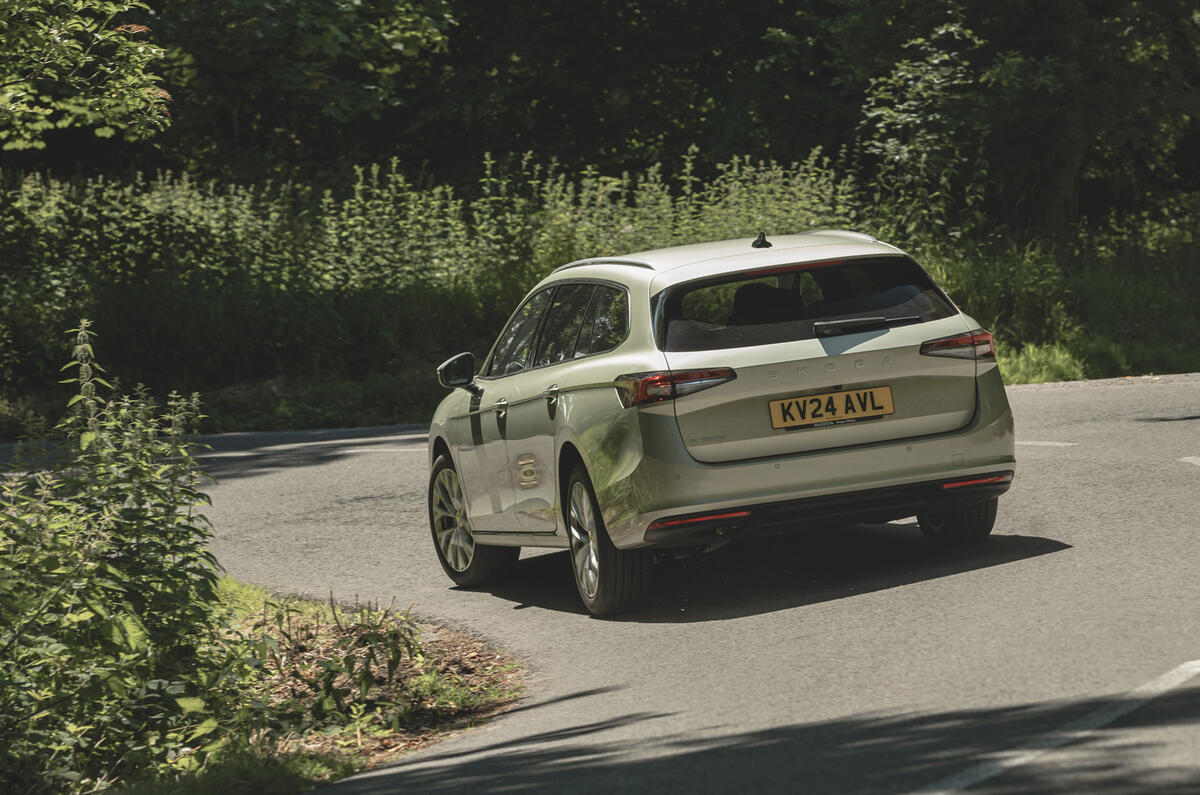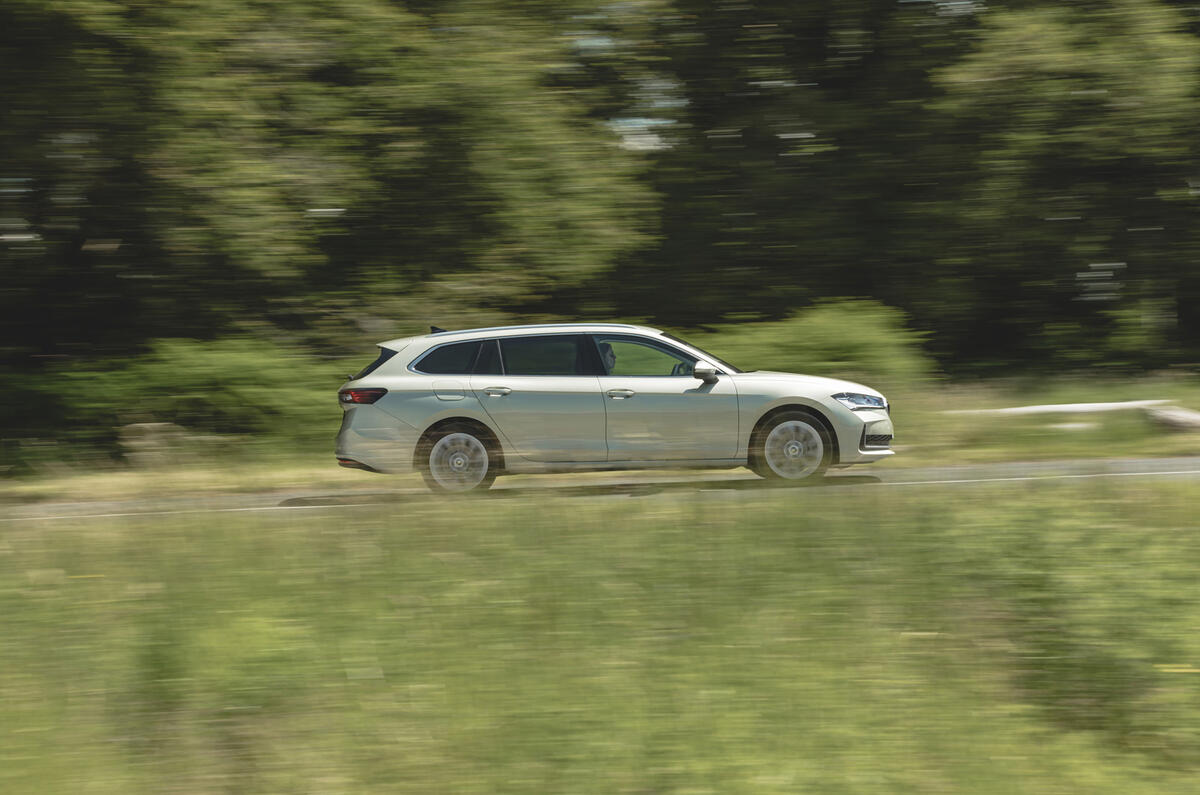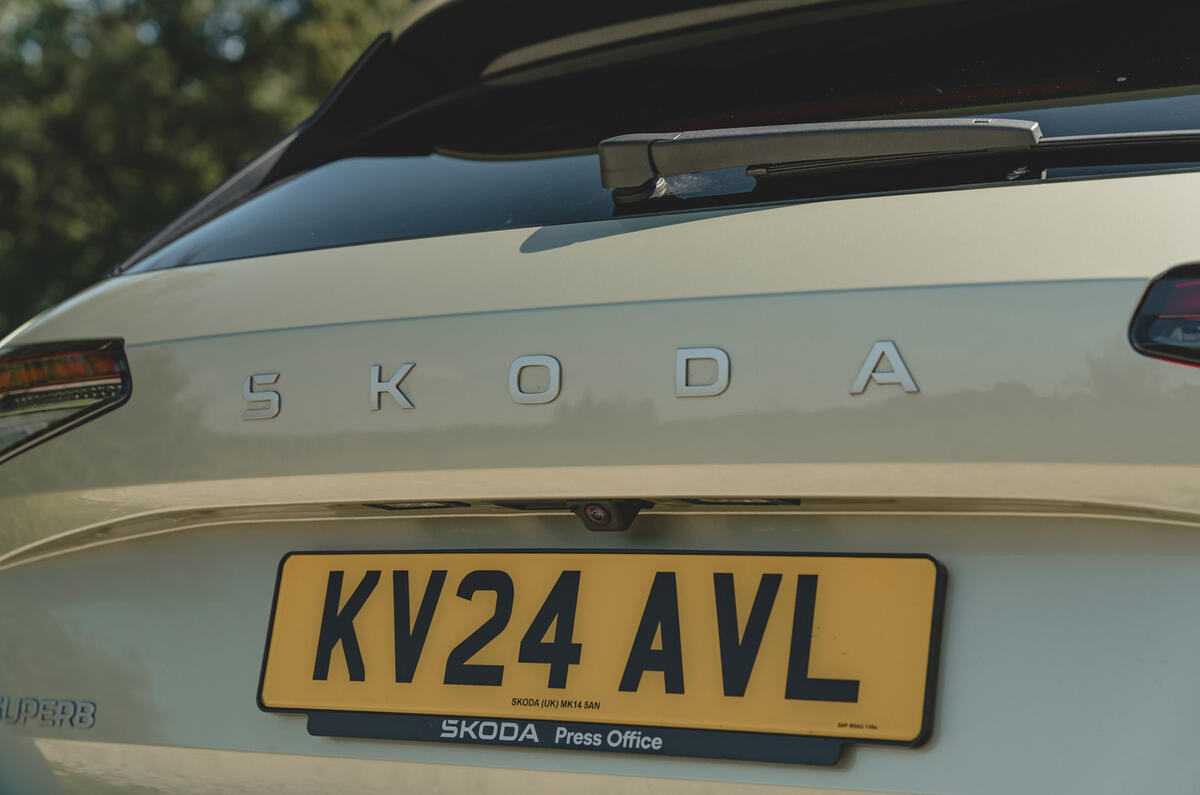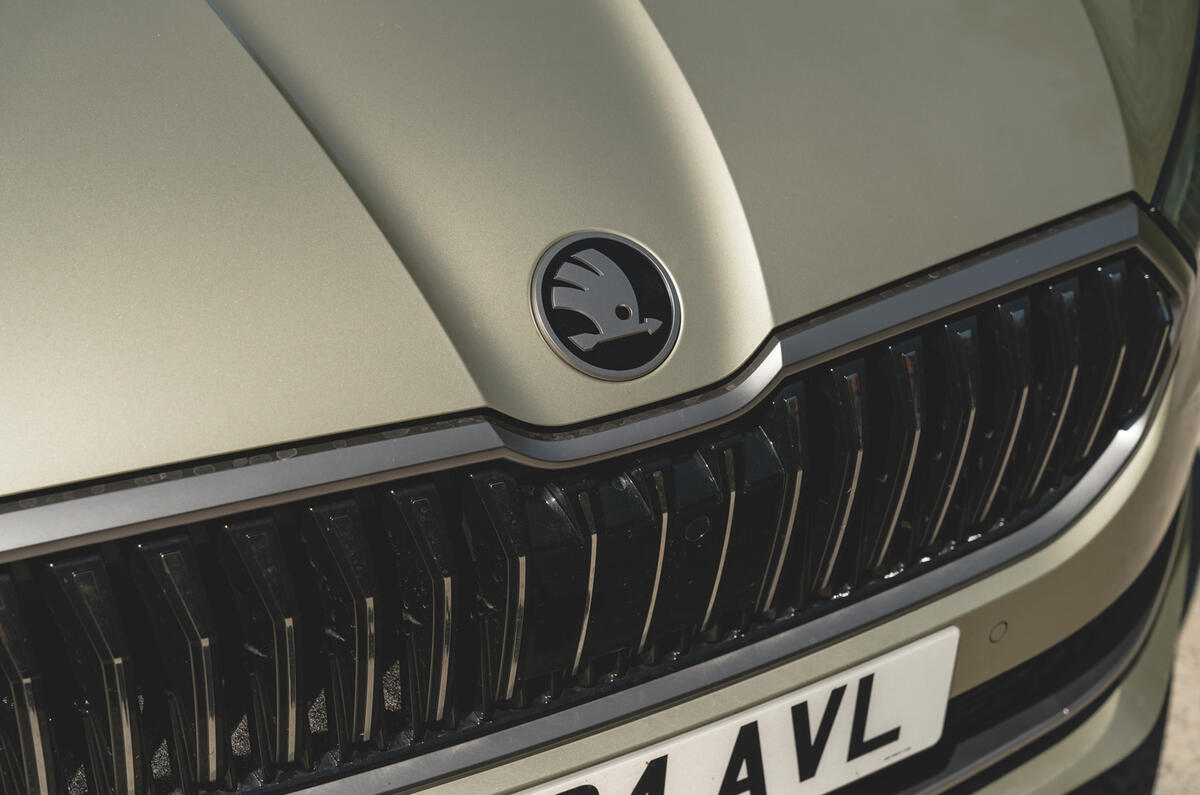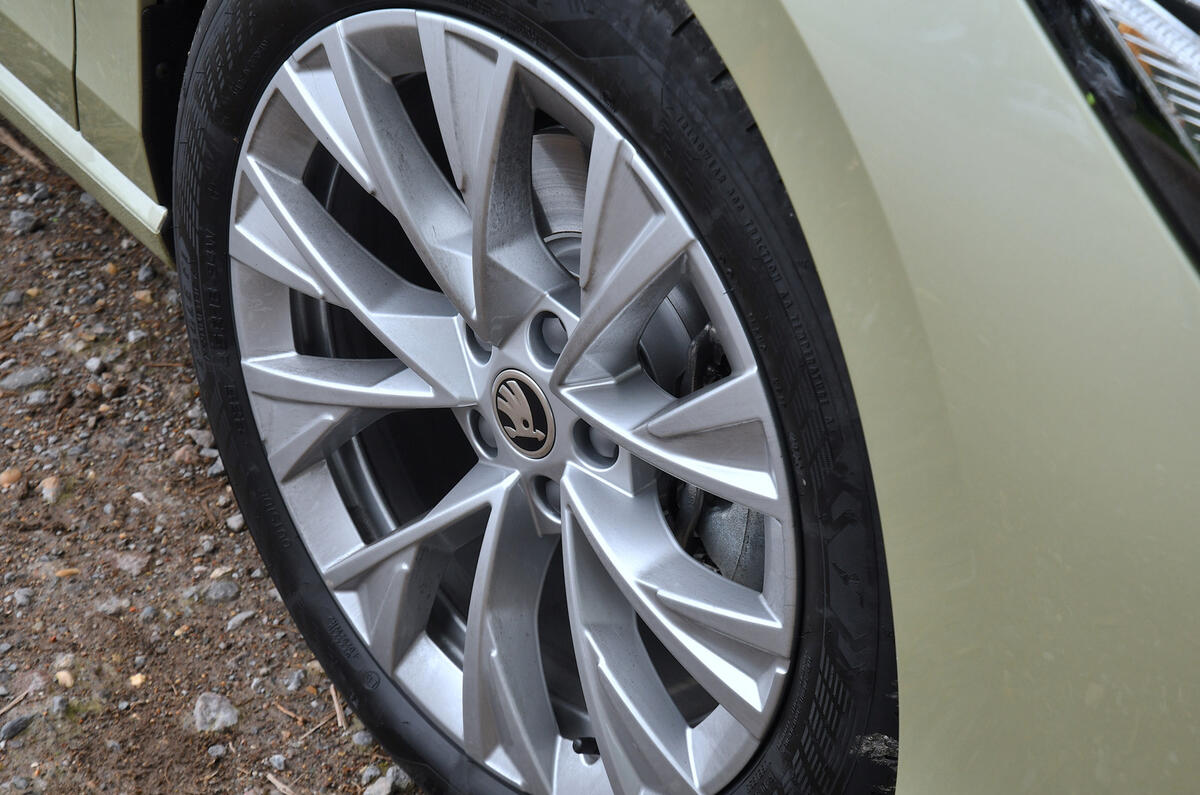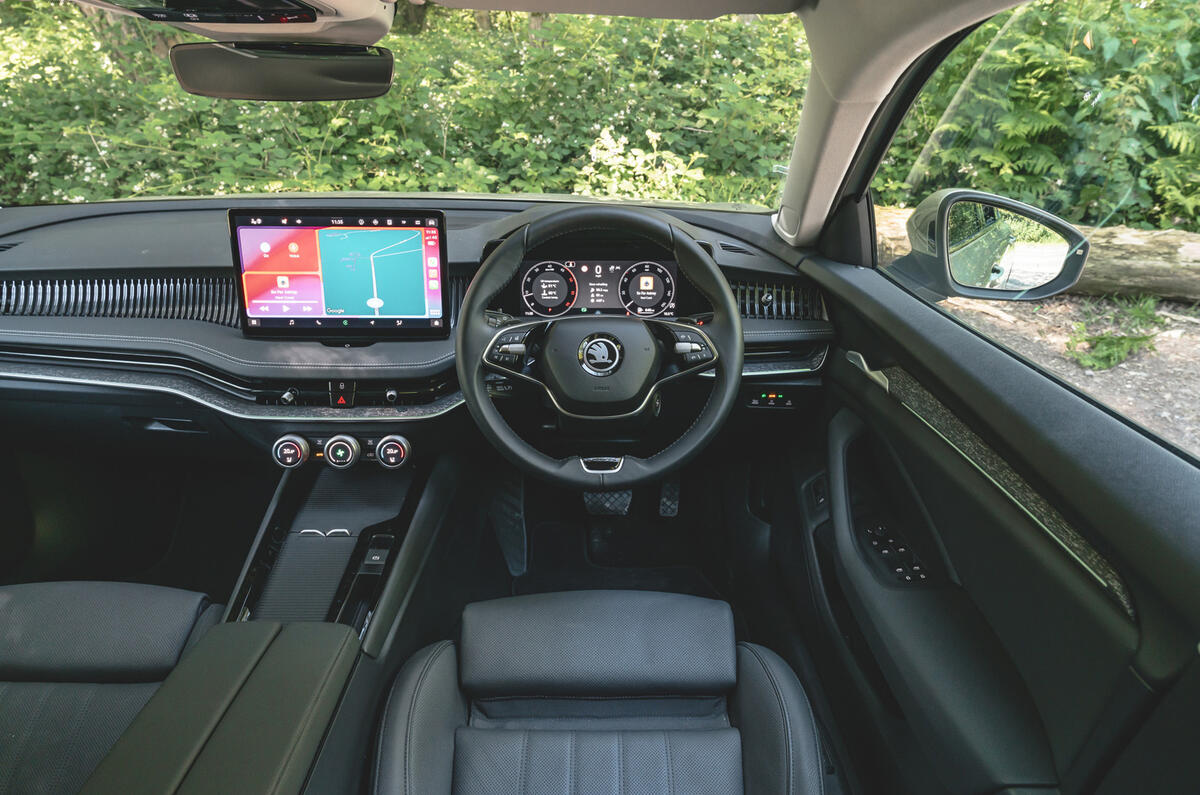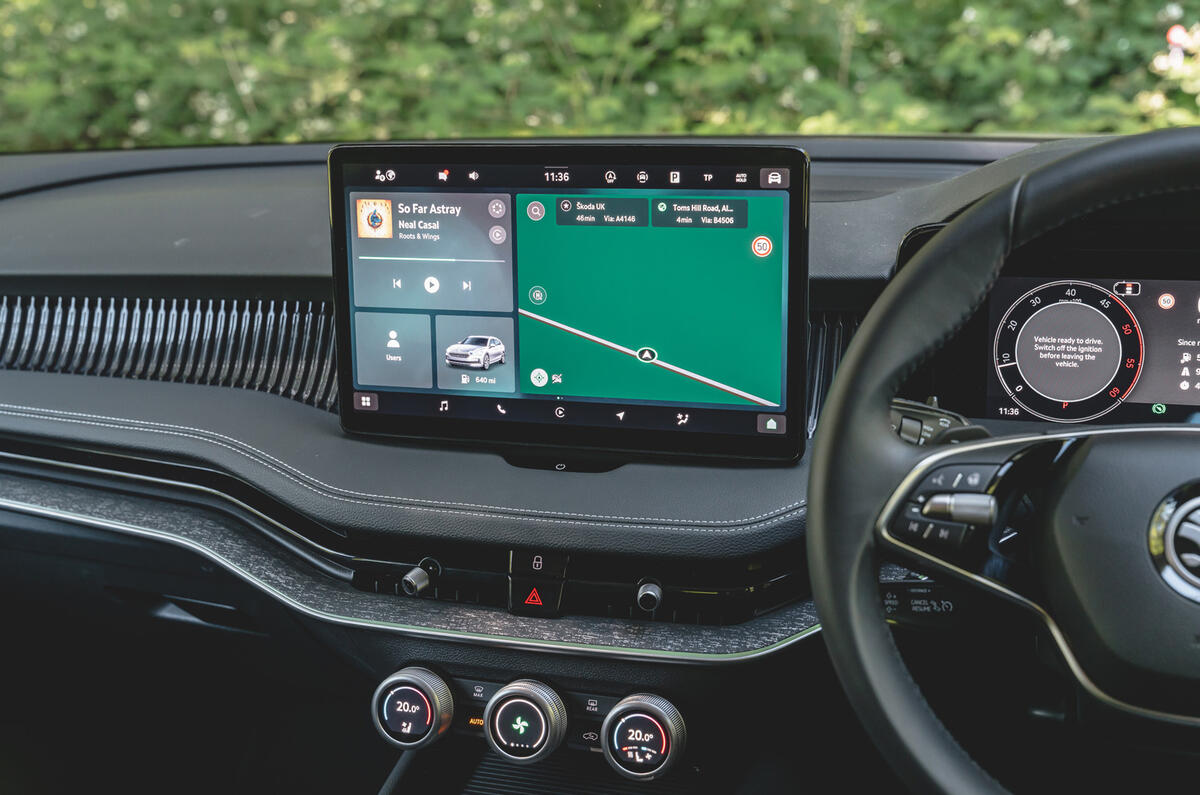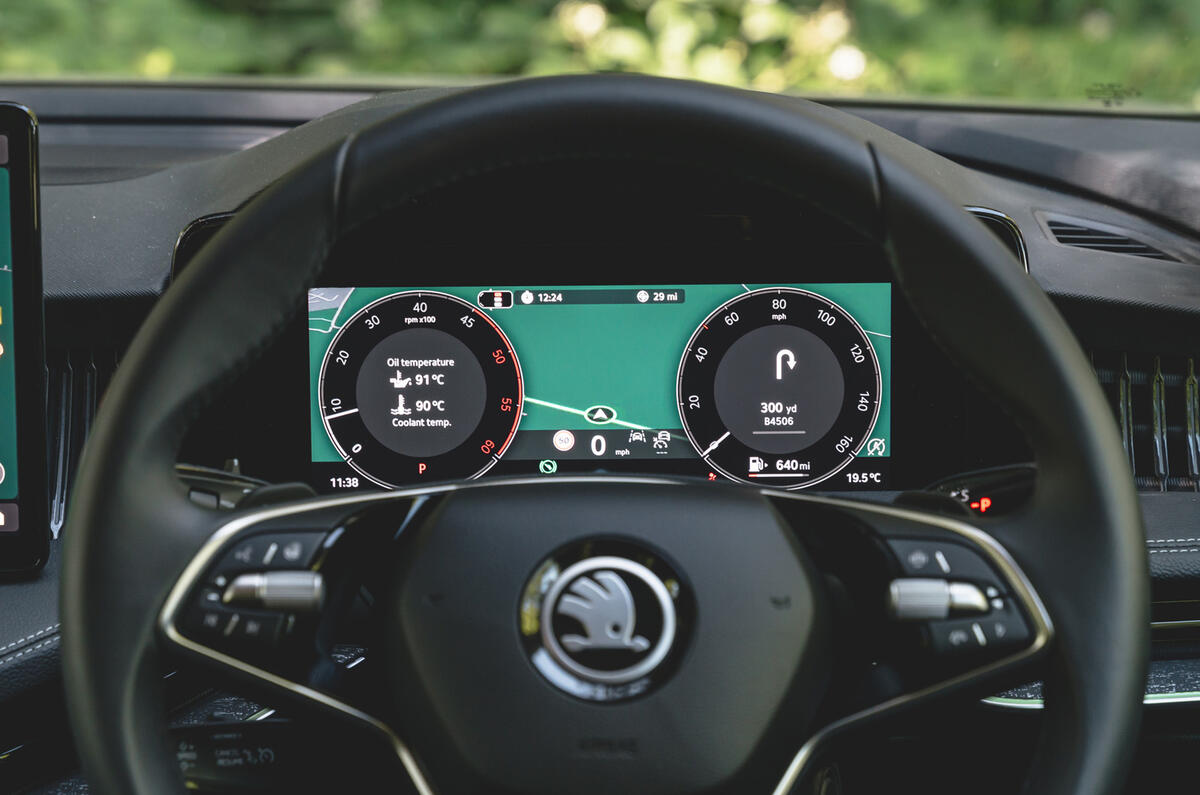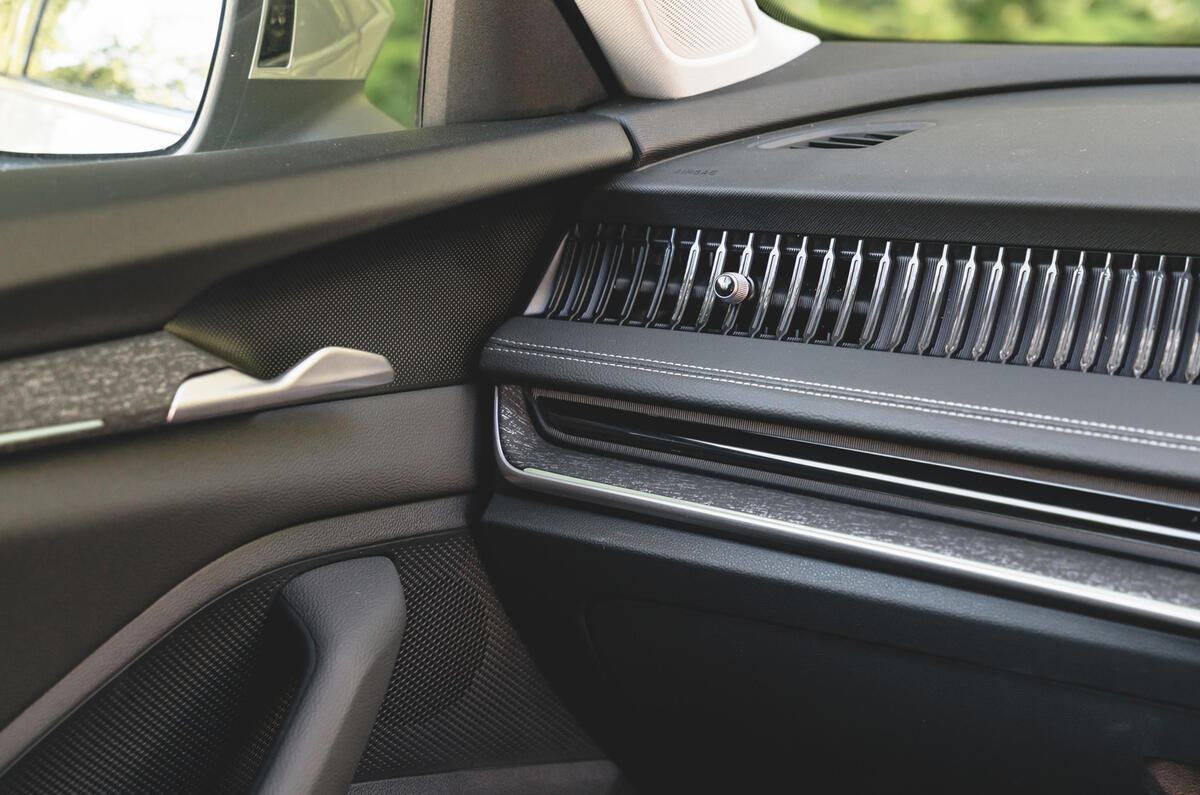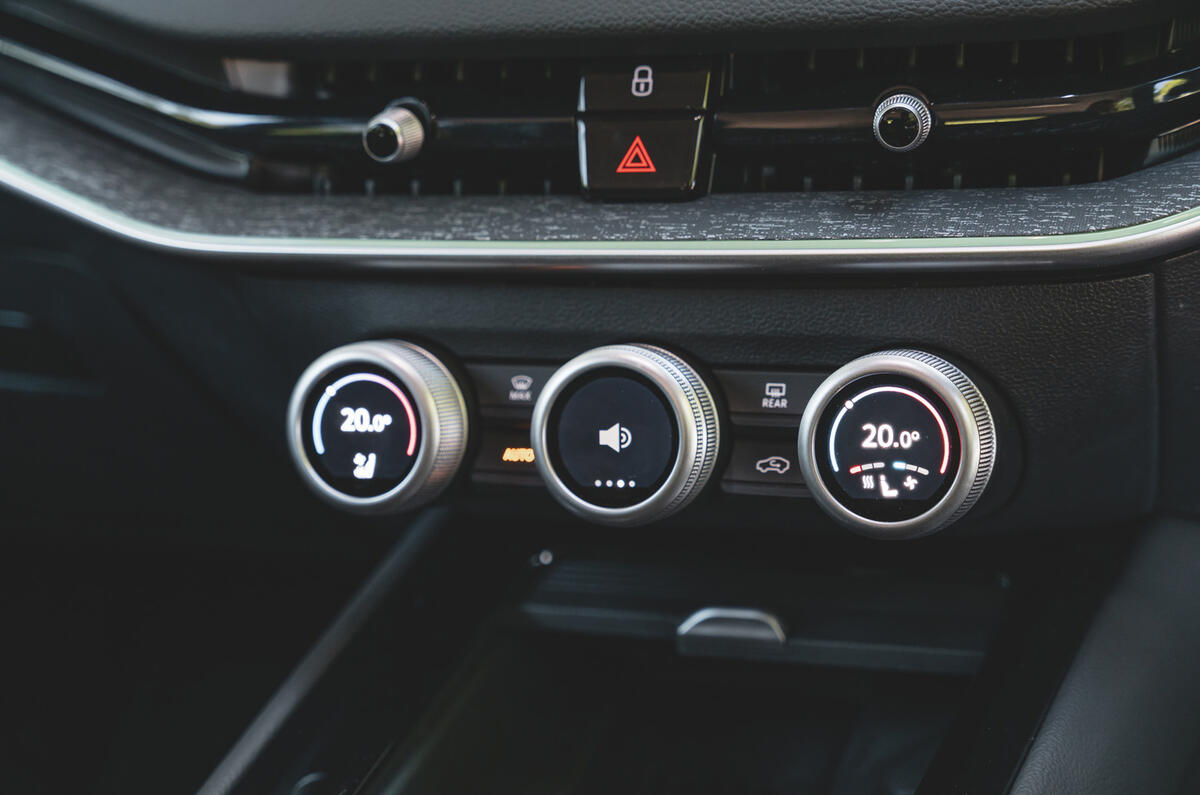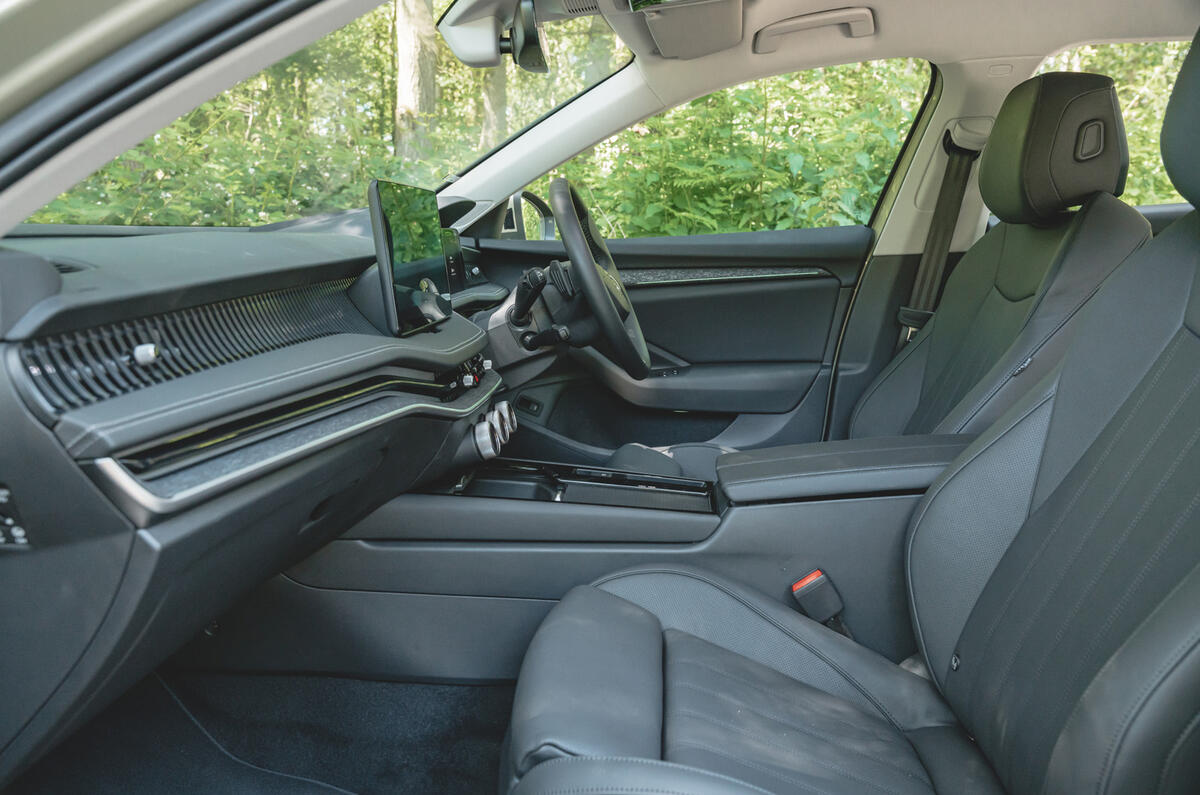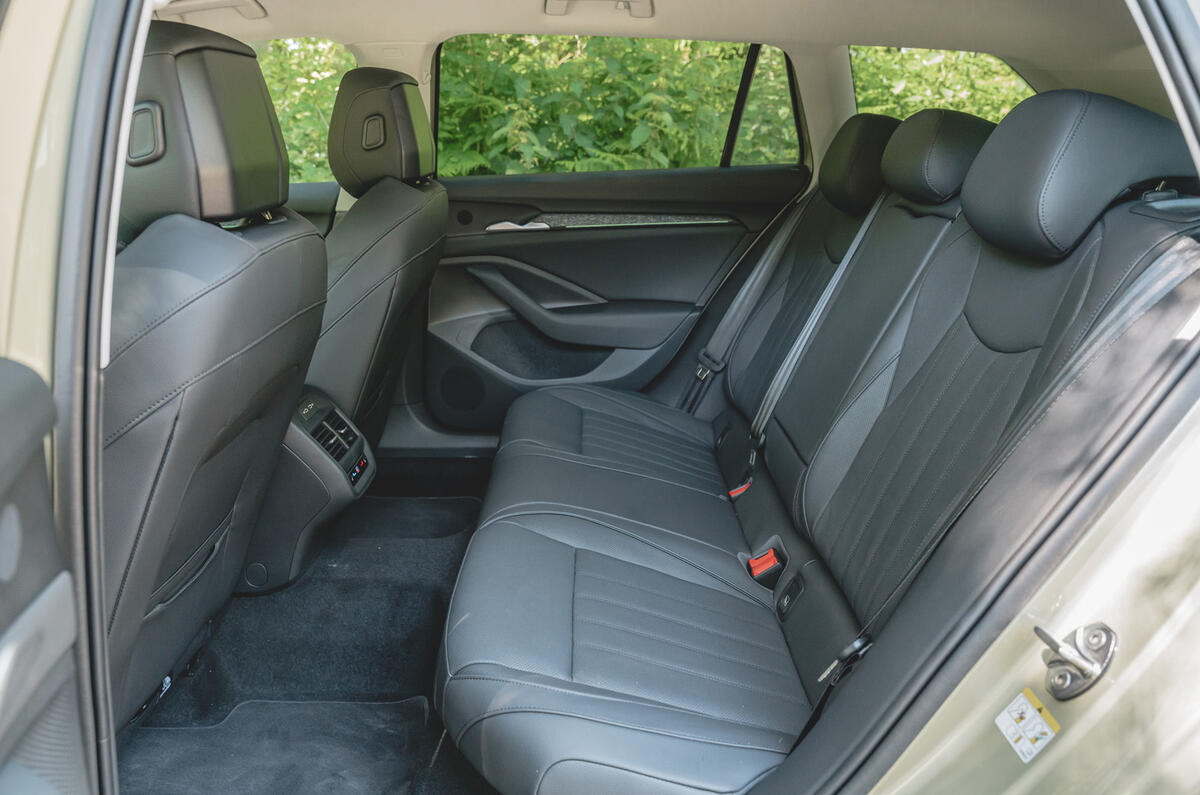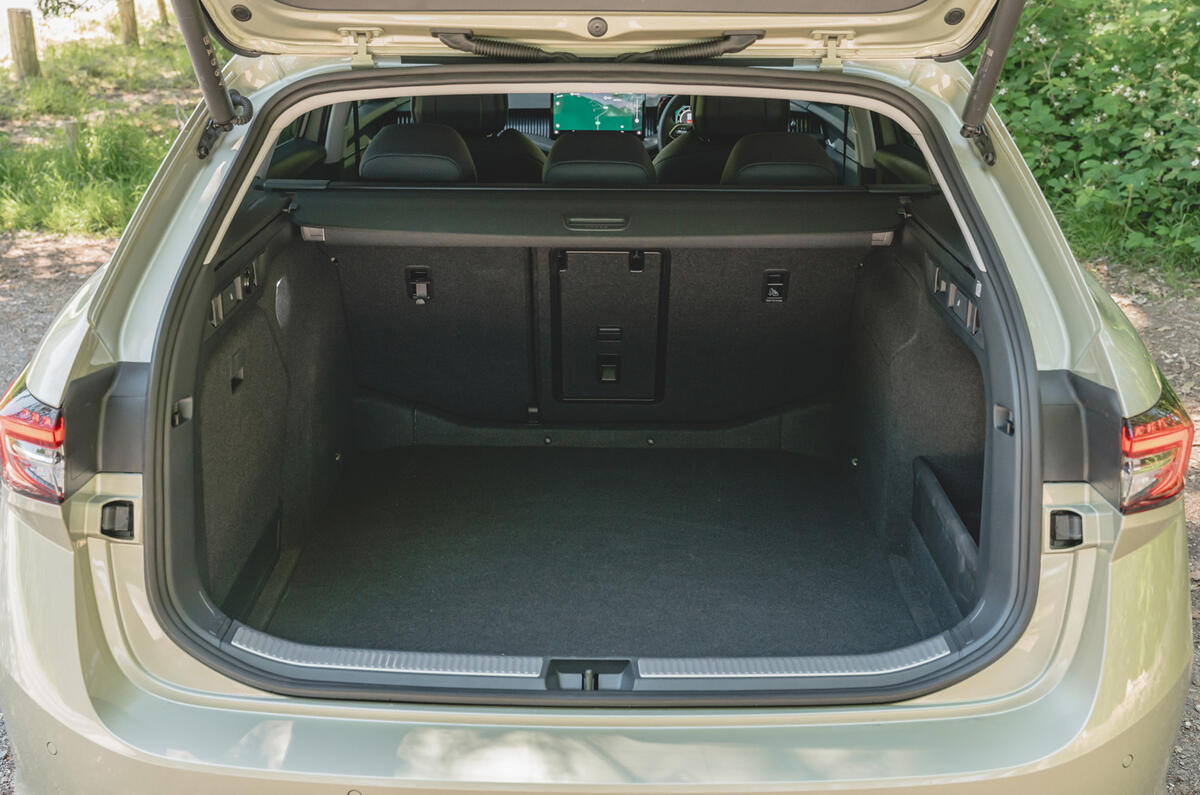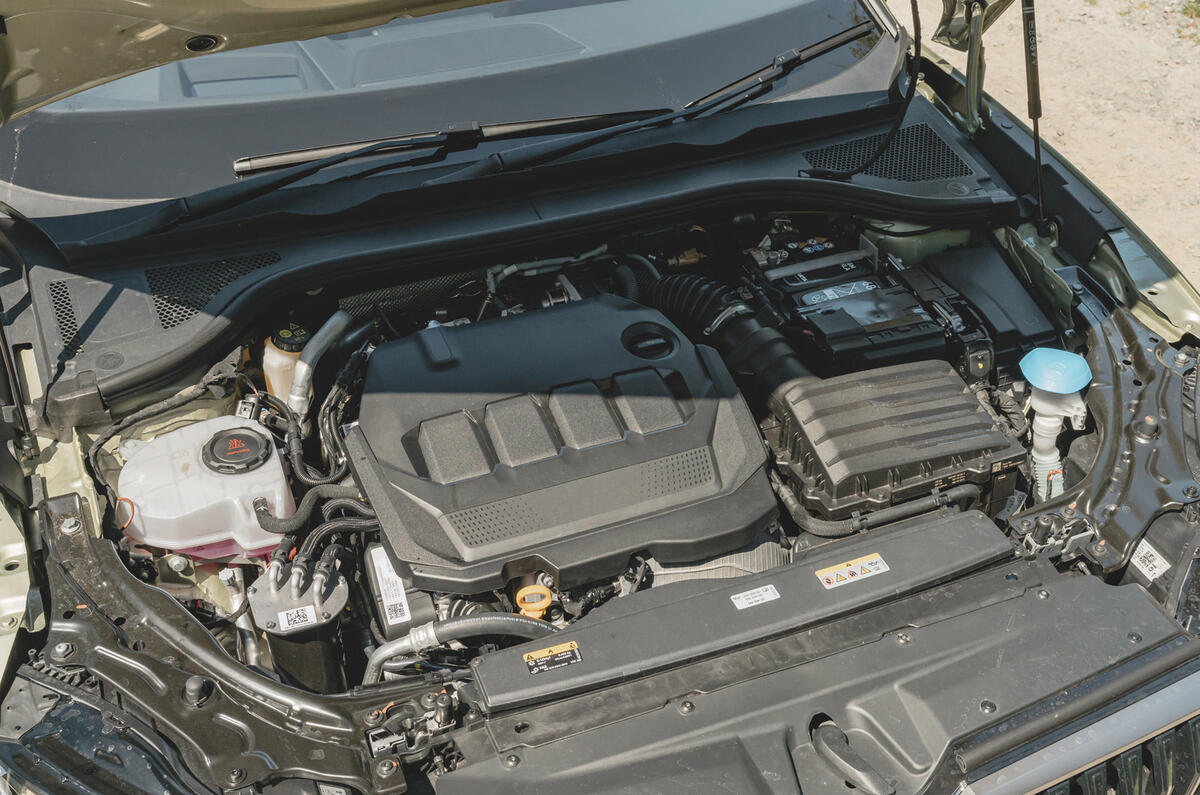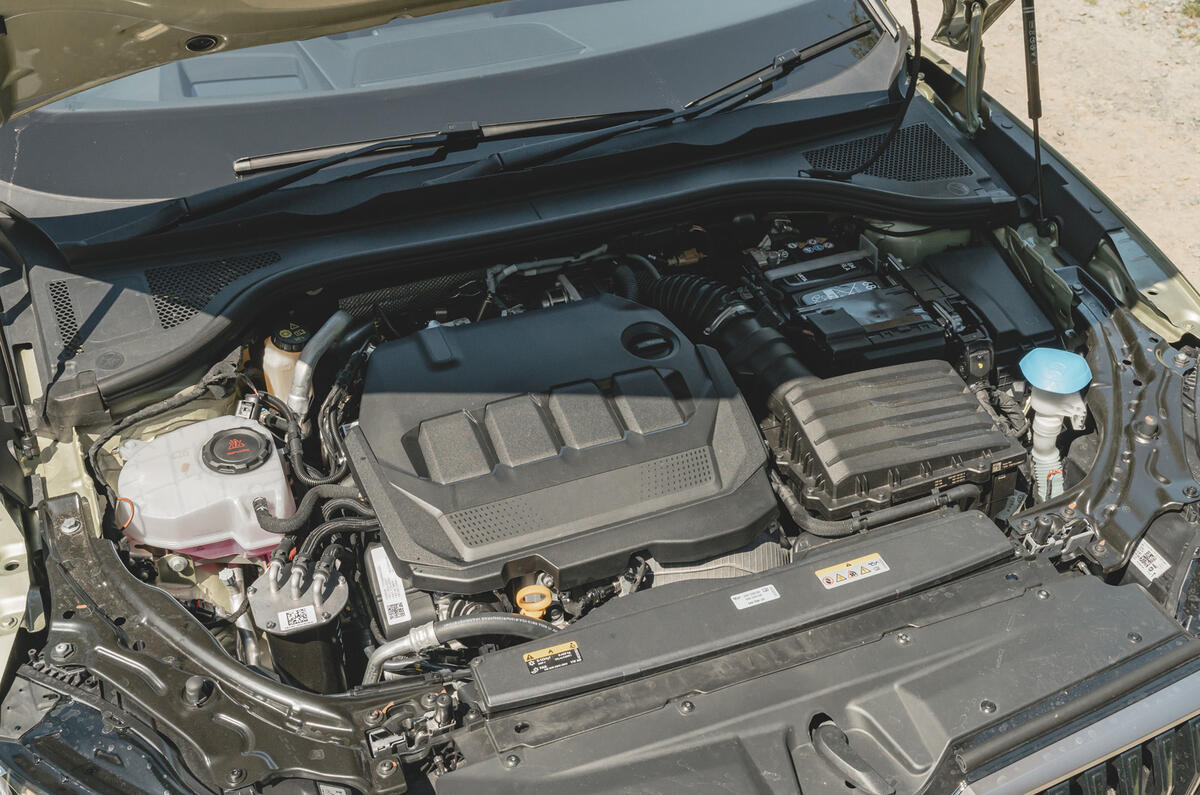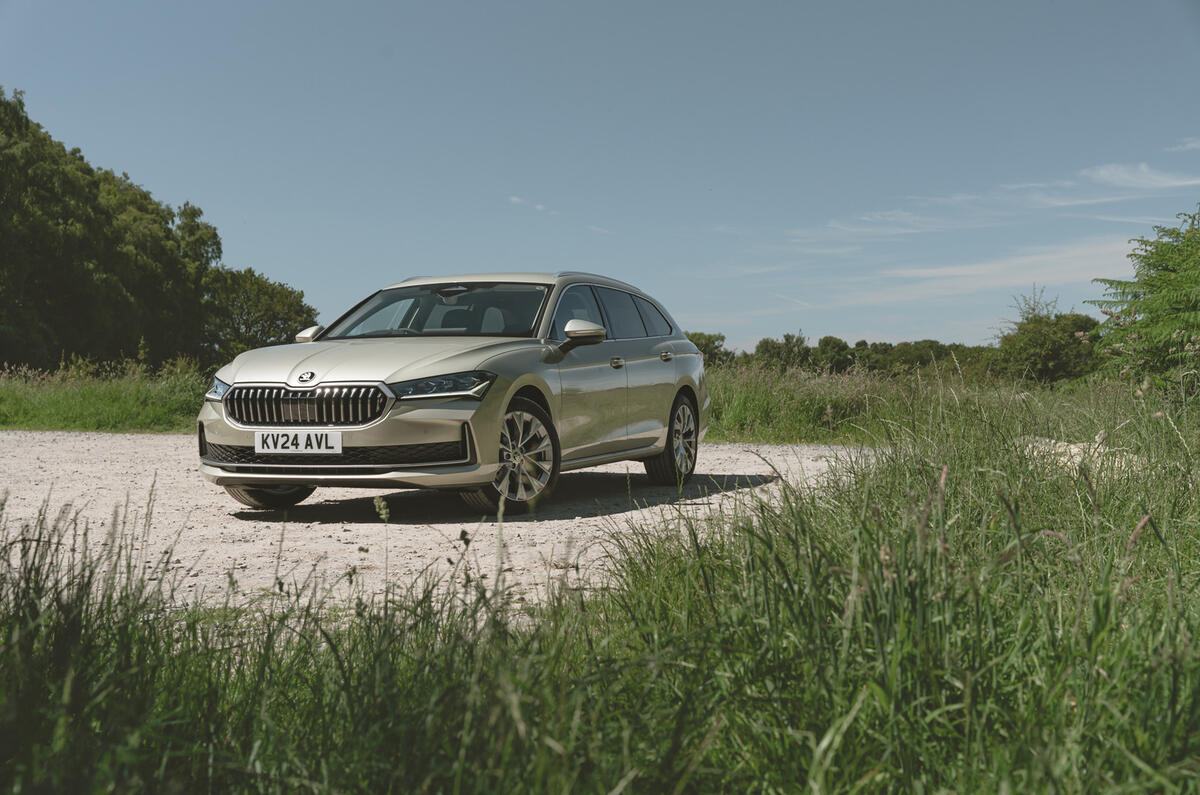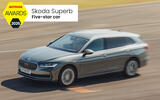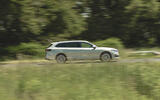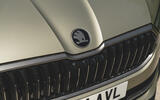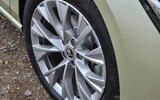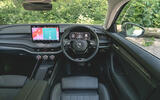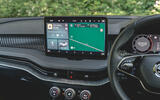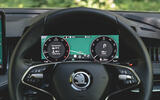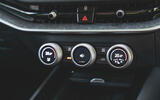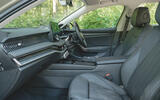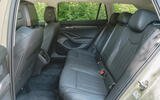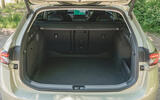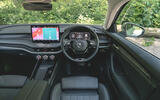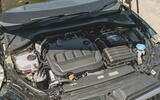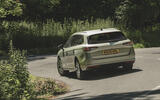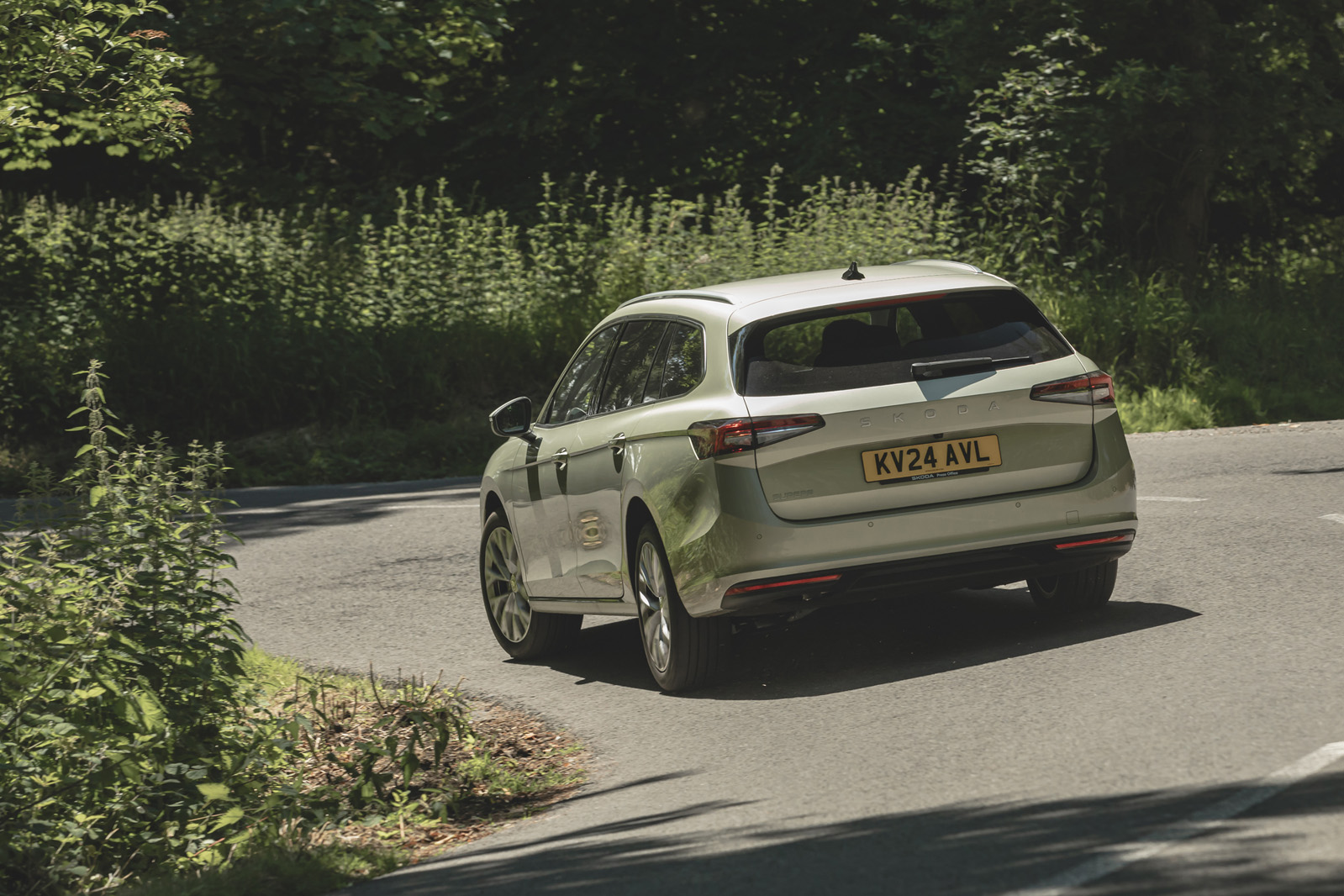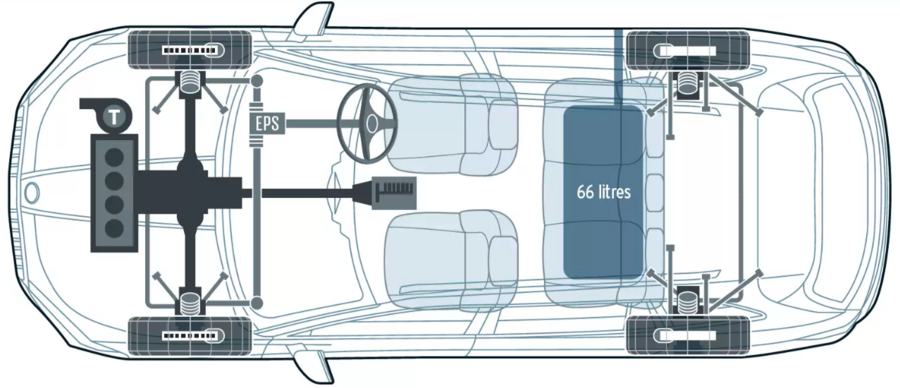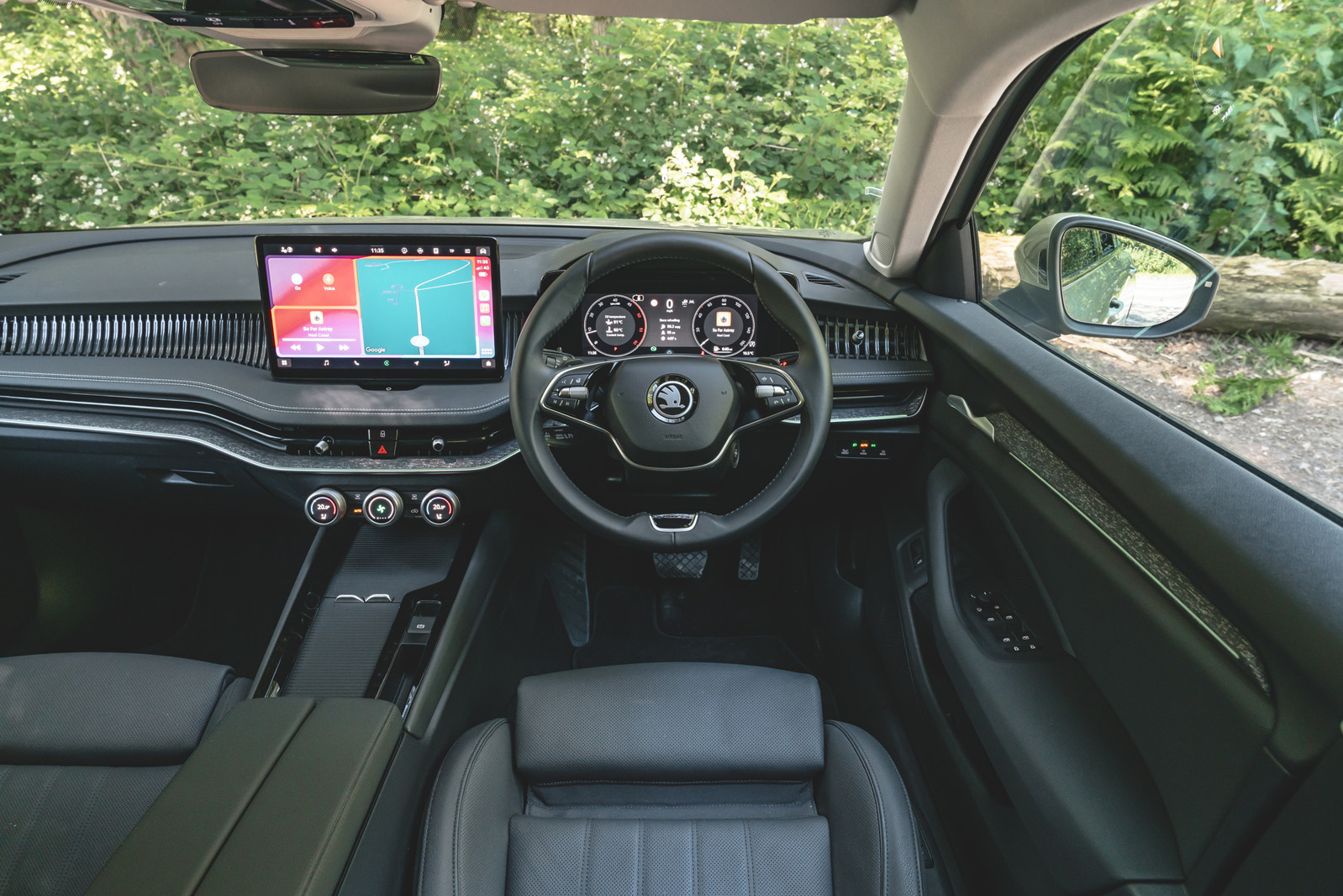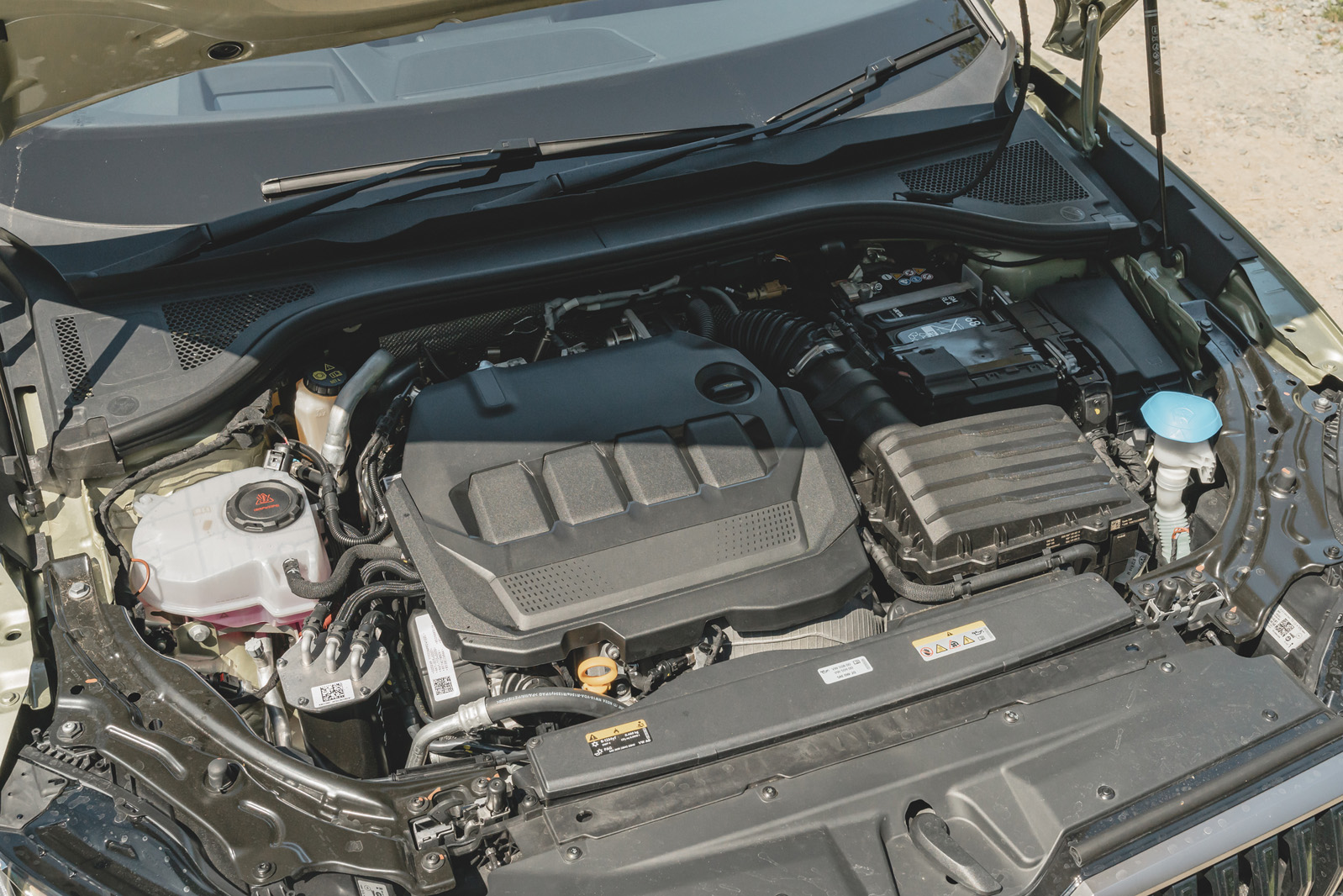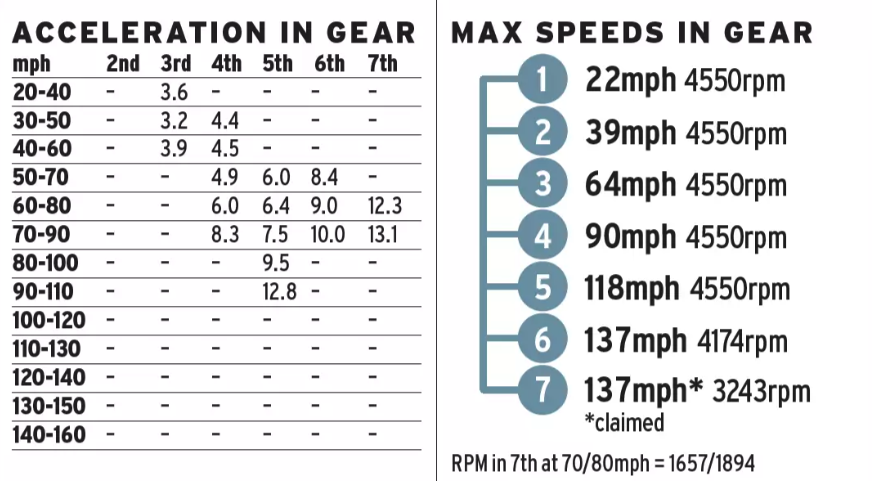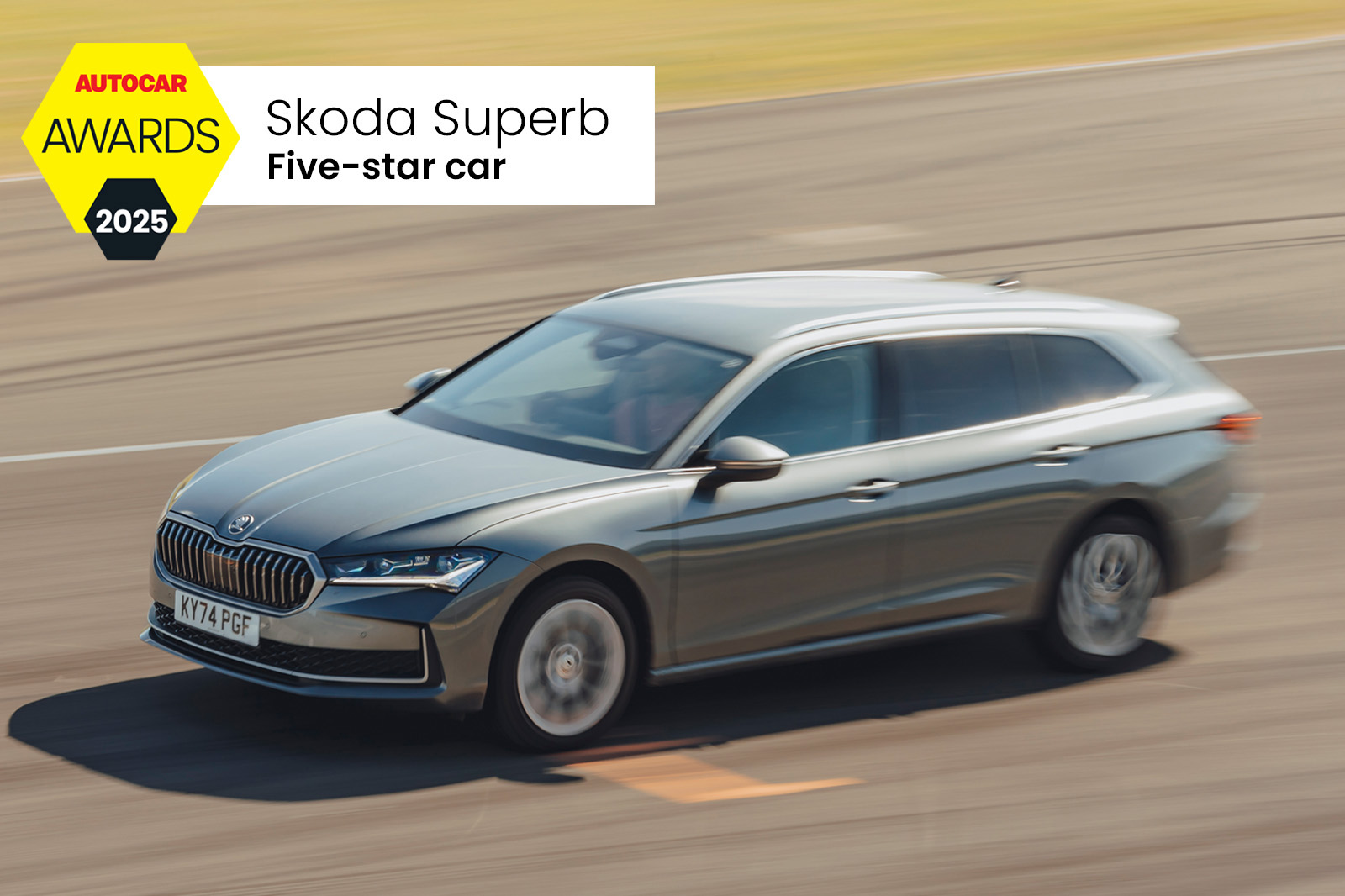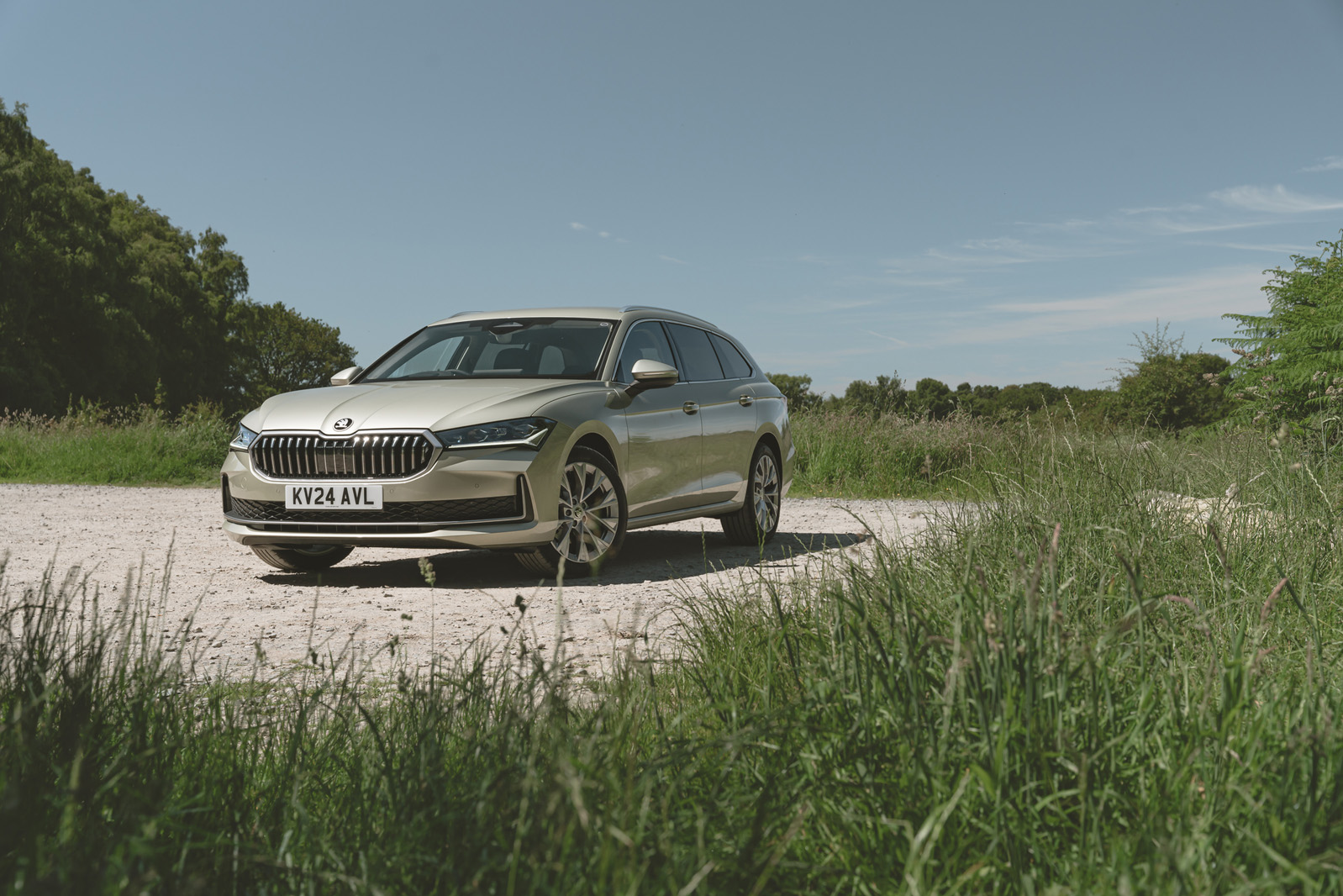If there’s one thing you want a Skoda Superb to be, it’s roomy. And rest assured, this one is exactly that. By our measurements, typical rear leg room has increased by 65mm over the outgoing model – already a very spacious car.
The flat estate roofline means that head room is generous, too, and it combines with large side windows to make for a real sense of space, as well as outstanding visibility. Boot dimensions have remained more or less constant, which is to say very big.
As befits a Skoda, the boot has plenty of pop-out hooks and bins, and there are two levers to fold the rear seats down. Annoyingly, they don’t fold perfectly flat unless you spec the £295 variable boot floor. There’s more space under the floor, enough for a spacesaver spare wheel, which is a £185 option.
The fact that a Skoda estate is very practical won’t surprise anybody. What’s arguably more impressive is what a soothing place the front cabin of the Superb is. The outgoing car already compared favourably with rivals in terms of interior material quality, even if the design was a tad plain. The new one balances classic values with modern technology like few other cars.
There’s a 13in screen, whatever the trim level. While the overall button count is down, Skoda has shunned the minimalist iPad-on-a-plank route in favour of a flowing design with wood-effect trim strips, elegant door handles and an almost art deco full-width vent.
Sportline variants, meanwhile, get racier accoutrements inside, including a sports steering wheel, Alcantara-like suede on the dashboard and door handles, and sports seats. It feels upmarket and yet it's still characteristically robust like a modern Skoda should be.
Quite a few functions are controlled through the touchscreen, but in its latest iteration, it works quickly and logically and it is complemented by the new ‘smart dials’. The three physical dials can all be pressed to change their function, which is displayed on the small screen within. The outer ones control the temperature and the heated and ventilated seats, while the central pod can control the fan speed, navigation zoom, drive mode and more.
It’s a brilliantly simple yet tactile and intuitive system. If we have any criticism of the interior, it’s that the dials and the screen feel a bit flimsy and wobbly.
Rear passengers won’t feel like they are in second class, because the same materials quality is apparent here, and there are two USB ports, a climate control panel and, on SE L trim, an armrest with an integrated tablet holder.
Skoda hasn’t forgotten the basics, either. With the automatic gear selector having moved to the steering column, and no manual gearboxes, the centre console is freed up to provide storage. There’s plenty of space, naturally, and everything can be hidden from view by two shutters. The armrest cubby is big, too, and contains various movable trays and bins for things like glasses, and a felt-covered bar that you can use to clean the screen.
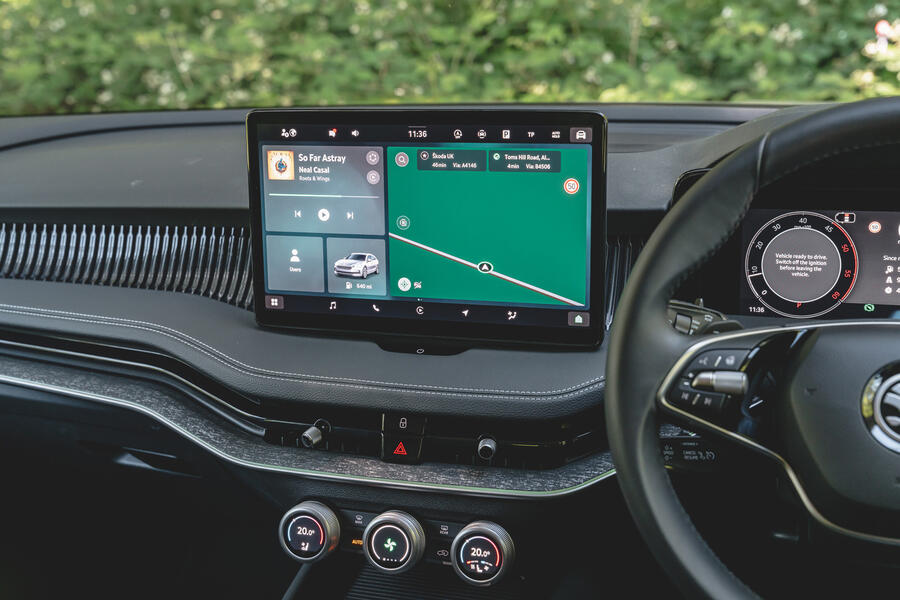
Multimedia system
Skoda has always managed to put its own spin on the shared Volkswagen Group multimedia system – usually for the better, and that’s no different with the new Superb.
The 13in touchscreen is standard on all Superbs and runs the latest version, which in its base form is already miles better than what you'd find on the Octavia or the pre-facelift VW Golf. The home screen has customisable tiles that let you keep the navigation and the media on screen at all times. At the top of the screen is a bar of configurable shortcuts that gives you direct access to functions like the start/stop system and the auto hold.
The interface responds quickly, and Skoda’s smart dials complete the package, because they let you control the main climate controls without having to use the screen. Having a physical dial to zoom the navigation map is very useful too.
We found the standard sound system to be adequate, but there is room for improvement in the form of the optional Canton hi-fi.



